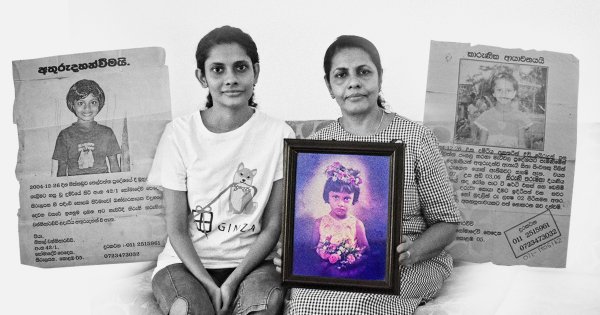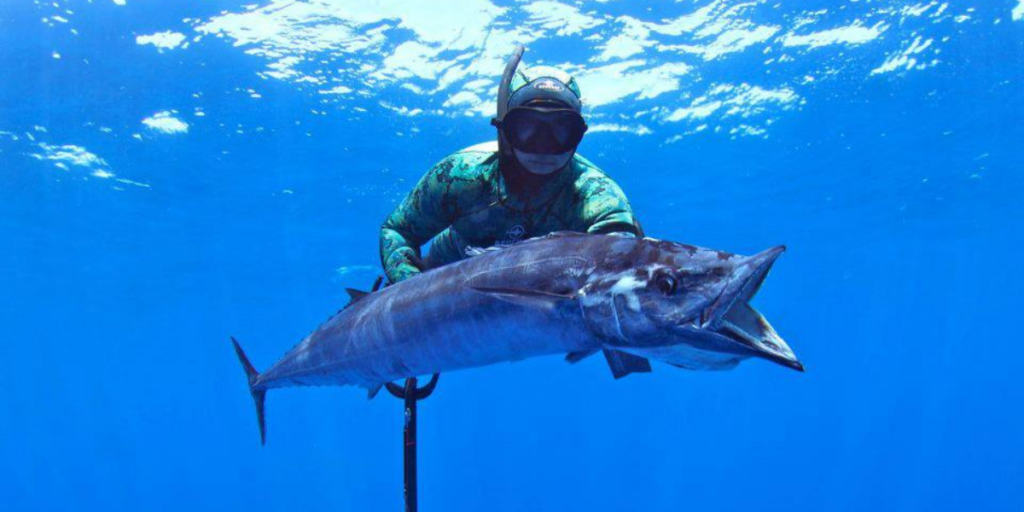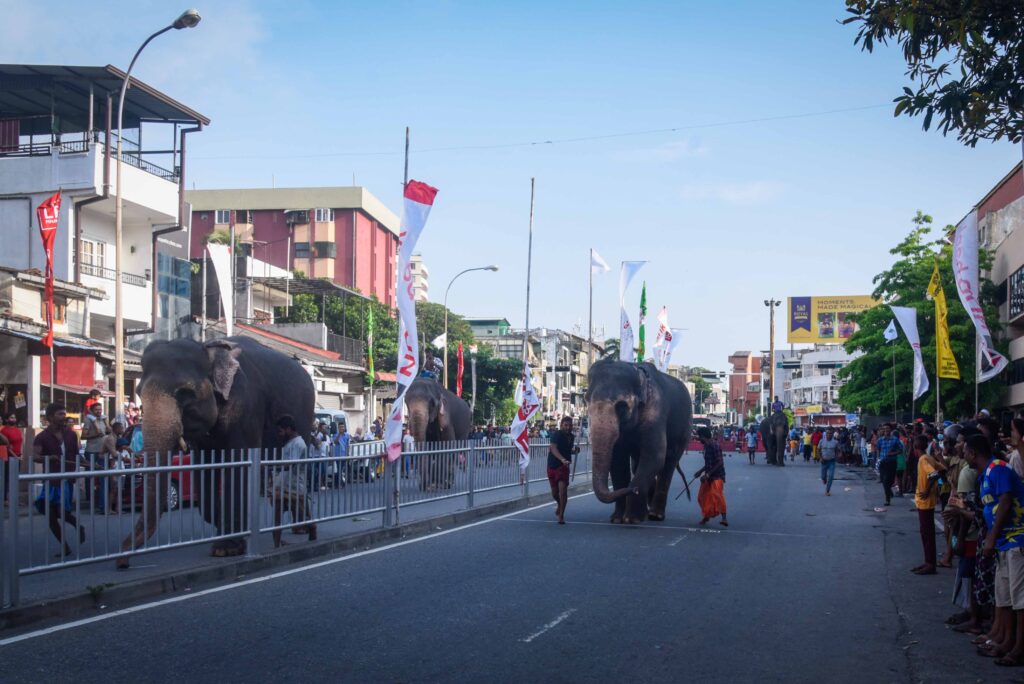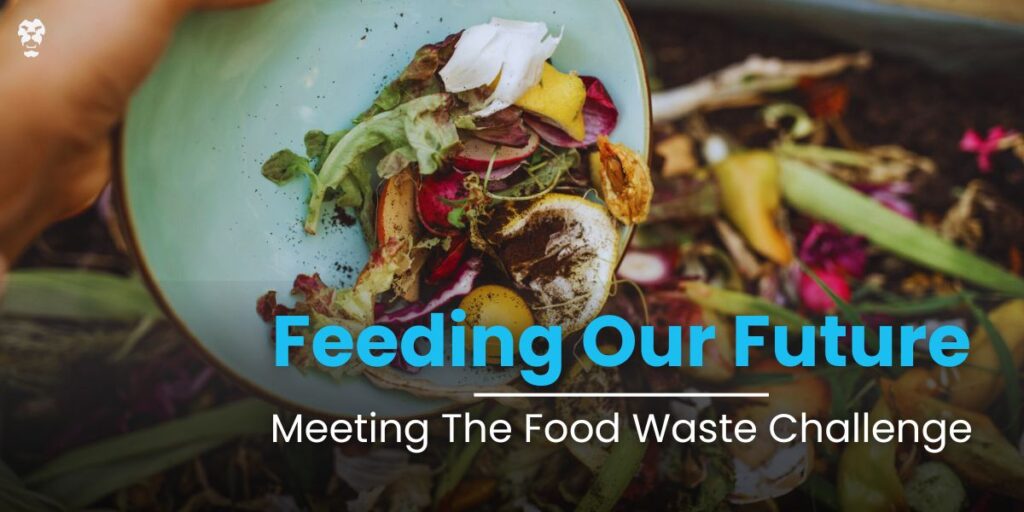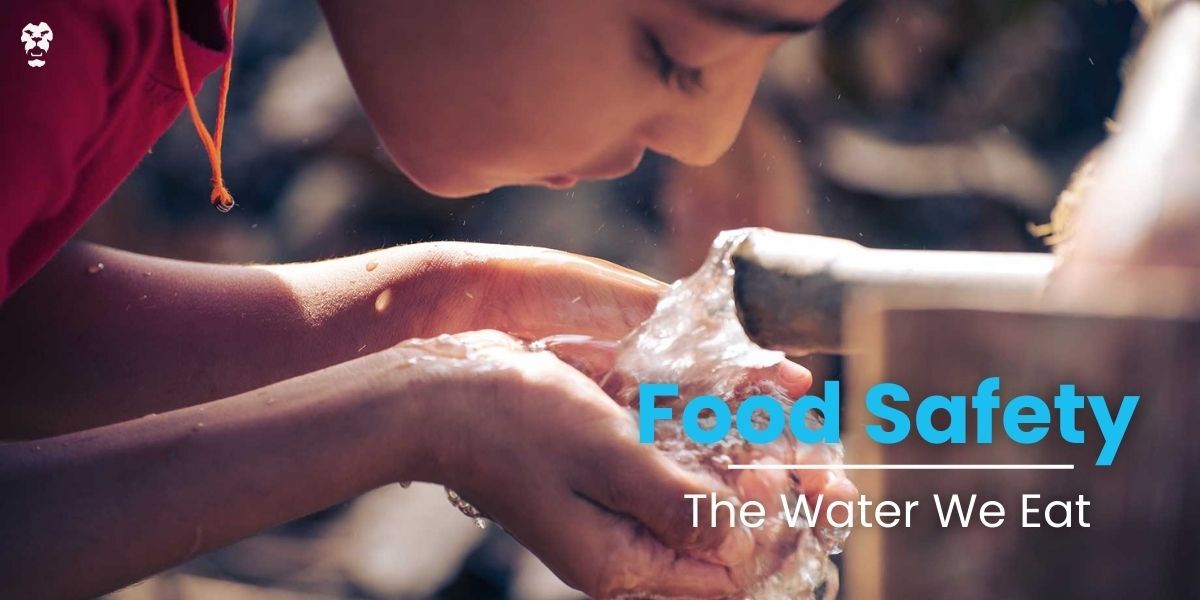
Only around 1% of all water on earth is available for human consumption and only an even smaller percent is safe for human consumption. So you can imagine how critical it is to bring water into the conversation around food safety.
Beyond being a set of practices that help keep food safe and free of contaminants, food safety is also a vital way to combat food insecurity and food wastage in Sri Lanka. But no strategy for food safety can be achieved without paying attention to water.
Sri Lanka’s current food safety system needs serious reconditioning
Sri Lanka’s current Food Act of 1980 (last amended in 2011) now requires an update to align with the food landscape in the country, which is undergoing rapid changes.
The present regulatory system only focuses on regulating finished products that are ready for the market.
So consumers have no idea where their products come from or how they are grown.
This invariably leads to more food spoilage, which, in turn, increases food wastage and the consumption of unsafe food.
According to Dr. W.M.W Weerakoon, Senior Agriculture Specialist of the Food and Agricultural Association (FAO), and former Director General of Agriculture, a more holistic food safety approach is needed — “farm-to-fork”.
What is farm-to-fork?
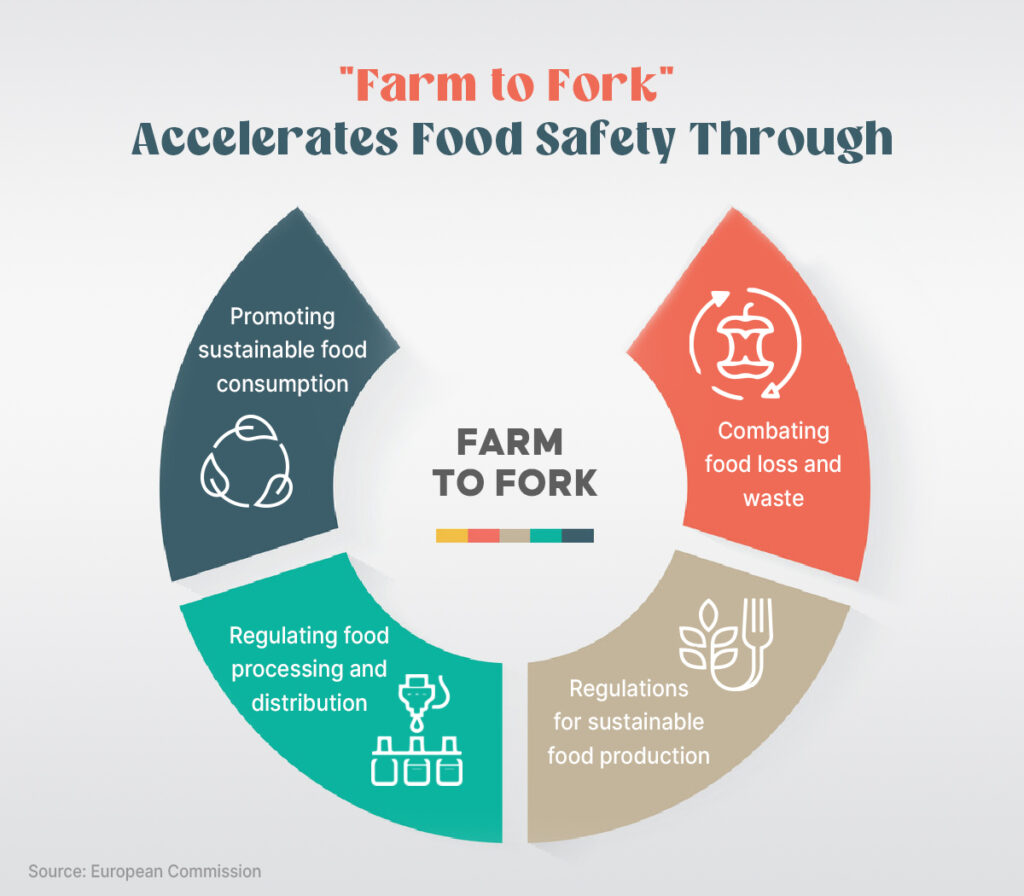
“Food safety starts at the farm,” said Dr. Weerakoon.
Farm-to-fork is about regulating the entire food supply chain, starting from the first and most important stage — agriculture.
But, before we can fully realise the benefits of this approach, we must first address the water problem.
How water safety impacts our food
Today, less than half of Sri Lanka’s population has access to clean water.
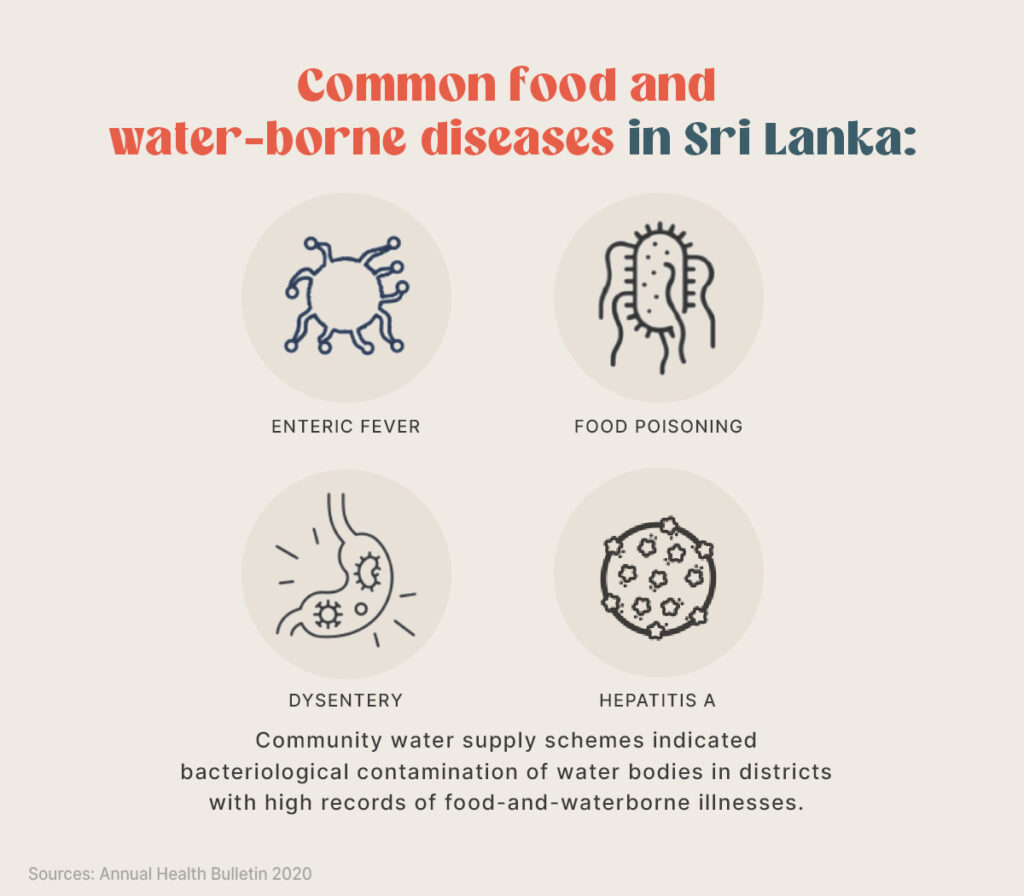
Unsafe water contributes to food safety hazards that occur during agriculture operations.
“Water seeps into all aspects of our lives. When it is misused and polluted during agriculture, it contaminates the food we eat from across the food chain — from cereals, vegetables and fruits grown in our farms, to other agri-sectors such as fisheries.”, said Dr. Weerakoon.
So how can Sri Lanka integrate safe water practices into its agricultural system?
Ever heard of GAP?
No, not the American clothing brand, but rather, Good Agricultural Practices (GAP) which are an essential tool for implementing water safety in the farm-to-fork approach.
Good Agricultural Practices (GAP), as defined by FAO, are a “collection of principles to apply for on-farm production and post- production processes, resulting in safe and healthy food and non-food agriculture products (items that derive from agriculture but are not consumed as food used for textiles, fuel, and other industrial purposes), while taking into account economic, social, and environmental sustainability”.
Water safety through the farm-to-fork approach is an important mission according to GAP standards.
“Our food should be free of water contamination and maintain its nutritional value. But this has to start from the farm itself,” added Dr. Weerakoon.
“Farmers can use water from the Beira lake to grow gotukola, and it will grow – but it will be filled with heavy metals and will be highly contaminated. As a consumer, how would you know that the vegetables you bought were not grown with polluted water? GAP standards aim to make farmers accountable in using safe materials to grow their produce and make it traceable.”
How can GAP contribute to water safety?
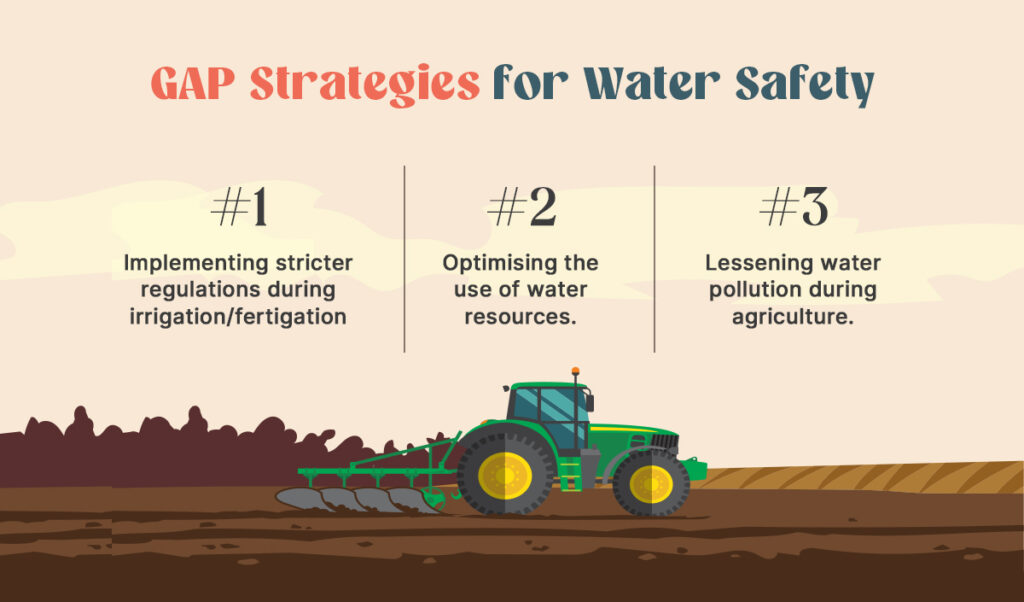
#1 Implementing stricter regulations during production
Water used for irrigation and fertigation will be regulated to prevent the spread of harmful contaminants within excess water used.
According to the FAO Training Manual on Good Agricultural Practices, the quality of water applied by farmers to edible parts of produce should be equal to that of drinking water. So, product treatment will also be regulated.
#2 Optimising the use of water resources
“Good agricultural practices seek to optimise resource use efficiencies, especially when it comes to water.”, said Dr. Weerakoon.

“A lot of irrigation farmers overuse water. But rain-fed farmers (those who only use rainwater for agriculture) are far more careful about optimising water usage. This is because they don’t have any other source.“
Part of the GAP strategy, which FAO promotes, includes a water management plan that optimises water usage and reduces waste. Irrigation will be based on crop water requirements, availability of water, and soil moisture levels to ensure that water is not needlessly overused.
#3 Lessening water pollution during agriculture
Through minimising the quantity and maintaining proper drainage, precision management pesticide and fertiliser and waste GAP can reduce water pollution. Proper drainage prevents water logging, which reduces contamination and the risk of pesticides that flow into water bodies.
GAP emphasises the responsible use of pesticides and fertilisers, as these can have a mammoth impact on water quality, along with regulating agrochemicals to be used only when absolutely necessary.
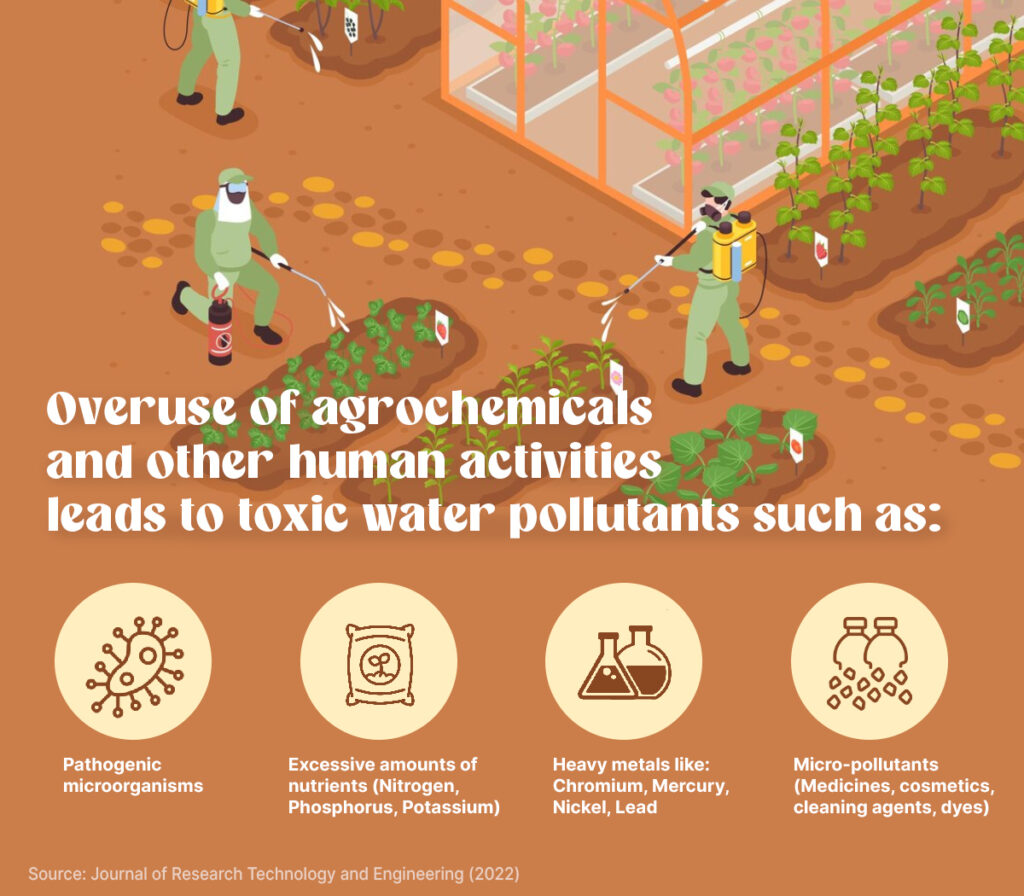
GAP also encourages the proper disposal of agricultural waste through techniques such as composting biodegradable parts and collection of agrochemical containers separately, preventing it from contaminating nearby water sources.
GAP strategies have been around since 2016, and could be a gamechanger for food safety and water safety in Sri Lanka. But according to Dr. Weerakoon, “Many of us don’t have the luxury of eating GAP products, simply because they are not available.”
Why hasn’t GAP taken off in Sri Lanka?
The main reason – a lack of public awareness.
“Only around one percent of the population in Sri Lanka even knows about the farm-to-fork approach and GAP,” said Dr. Weerakoon.
“Without consumer demand, farmers will not be interested in GAP. Over the last five years, they have not even been able to register even 2000 farmers for the GAP program. This is why awareness at the consumer level is a must.“
Traceability is also an important cornerstone for the farm-to-fork approach, giving consumers knowledge of where their food comes from, who grows their food, and how it is grown.
End-products can also be made traceable through QR codes that provide information on the farmer’s agricultural practices.

As stated by Dr. Weerakoon, the road to GAP will not happen overnight. But if consumer demand grows, farmers will be more inclined to register as GAP farmers.
Water is intrinsically connected to life
In the midst of Sri Lanka’s food crisis, food safety is a weapon against food insecurity and wastage, by protecting food and maintaining its safety for optimal consumption. But food safety hinges on water safety.
The farm-to-fork approach strives to accelerate our transition into a sustainable food safety system – but its achievement can only be fueled by our appetite for change.
The Food and Agriculture Organization of the United Nations (FAO), together with the United Nations Development Organisation (UNIDO), via the European Union (EU) funded Best Standardised Practices for the Agri-Food Sector project (BESPA-FOOD) project is supporting the government of Sri Lanka to revamp and upgrade food safety standards, capacity, and the food regulatory system in Sri Lanka.
On this international World Food Day, in keeping with the theme of “water is food, water is life”, let’s strive to create awareness on water safety and its connection to a better livelihood for each of us.




